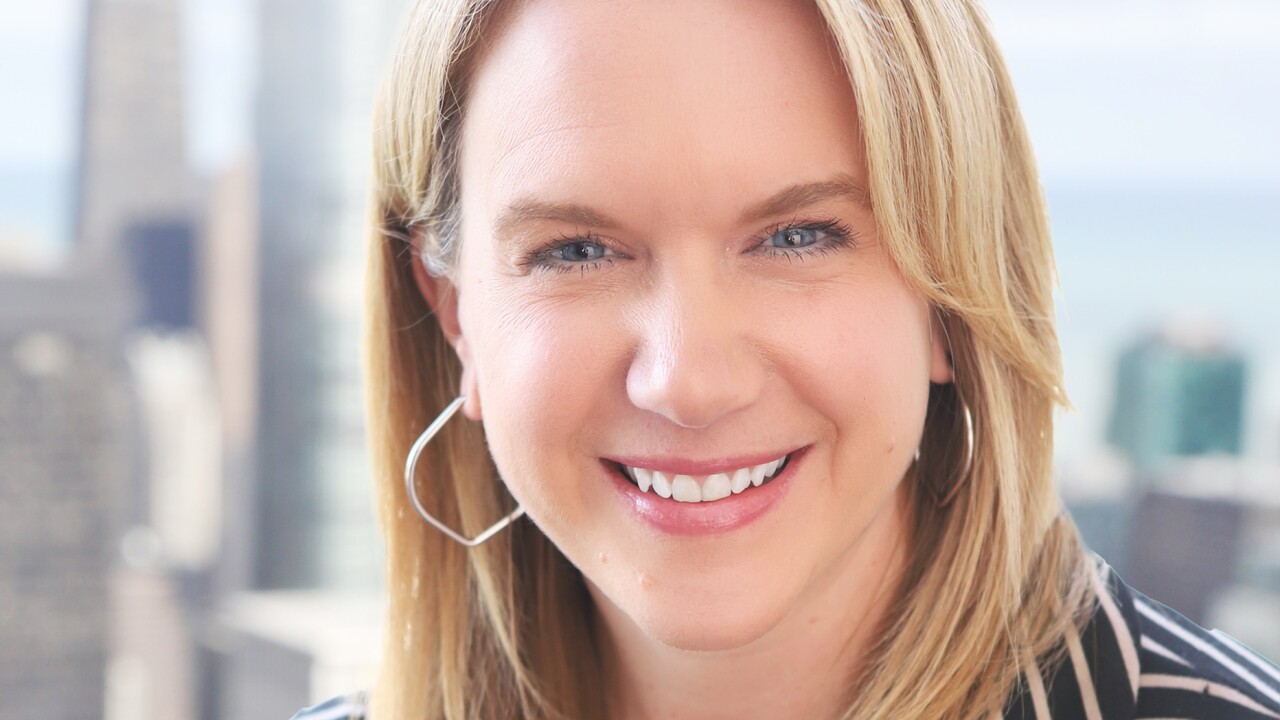-
Research shows the more consumers interact with branch staff, the more they dislike the brand. To improve their image, banks need to emulate Apple and focus on every customer experience detail in tech and in person.
March 16 -
Community banks can't win on size, but their values give them an upper hand in competing against cookie-cutter megabank branches.
February 25
"Stickiness" may be the most oft-mentioned term in bank marketing. Sell more products, open another account, get a direct deposit and bang! — you've secured a "sticky" customer.
After a bank spends an alarming amount of resources to acquire a customer, it makes sense for the institution to hold on to her as long as possible. Increasing the likelihood that an accountholder remains tied to one financial institution has several benefits for that institution. But stickiness also has a dark, cynical side that can mask a deeper problem: customers aren't staying with the brand because they are satisfied. They are staying with the brand because it's too hard to leave.
More than three-quarters of customers globally say their bank is not meeting their expectations, according to a recent
But nearly two-thirds of big bank customers in a cg42 Consulting
Bankers have a perverse attitude toward stickiness. On one hand, we see it as a positive. But on the other hand, it means we accept high levels of customer frustration as a matter of doing business. In effect, we celebrate the barriers we've erected to prevent customers from leaving.
Stickiness doesn't replace good service. Customers are not staying because they love the service, employees or checking accounts. They are staying simply because it requires too much work to leave.
Building barriers to exit as a means to retain customers, however, is a short-term strategy.
Just wait until fintech companies develop slick technology to tear down those barriers. Then we'll see hordes of unhappy customers breaking for greener pastures. Even the Great Wall of China proved penetrable. Captive people won't stay contained forever. It's just a matter of time.
Customers don't trust banks, don't think we have their best interests at heart and blame us for the 2008 financial collapse. These are not content customers. But they need to be.
In the early 1900s, Elbridge Amos Stuart, founder of Carnation Milk Company, made the discovery that happy cows produced better quality and higher volumes of milk. Carnation Farm held the world milk production record for 32 consecutive years. Stuart turned his discovery into a legendary advertising slogan, "Carnation Condensed Milk, the milk from contented cows."
Similarly, happy customers are productive, profitable and loyal. They are also resistant to competitive overtures and excellent sources of referrals. These are the customers we want.
A good metric for measuring marketing effectiveness is customer satisfaction, a benchmark we should track annually if not on an ongoing basis. A short survey reflecting whether a bank is meeting customer expectations should be an essential element in every marketing program.
Stuart didn't stake his fortune on building tall, sturdy fences. He simply focused on making his cows content. It's a simple but elusive concept in banking.
Kevin Tynan is senior vice president of marketing at Liberty Bank in Chicago. He can be reached on Twitter





